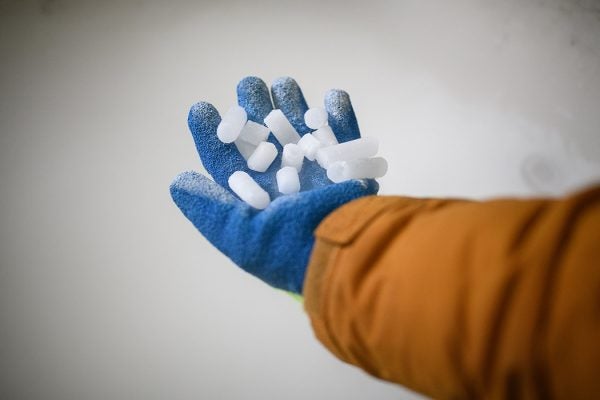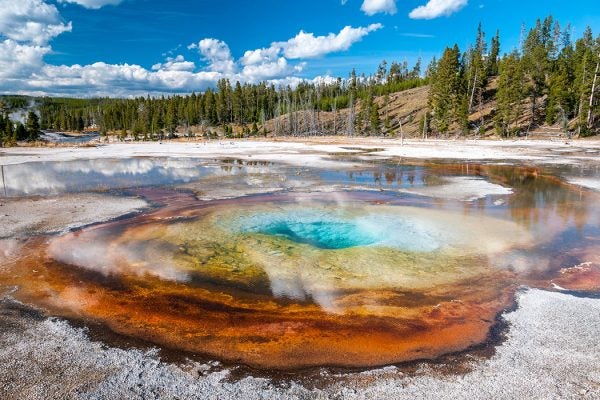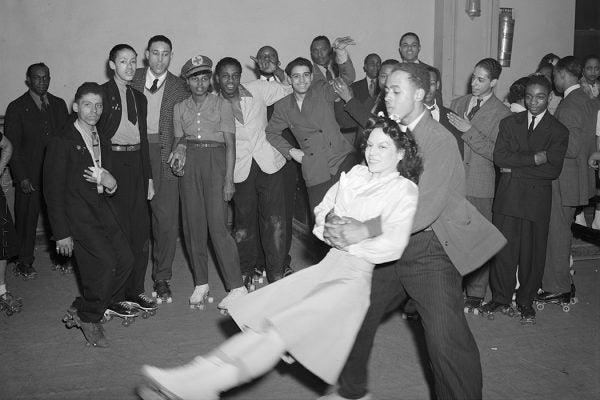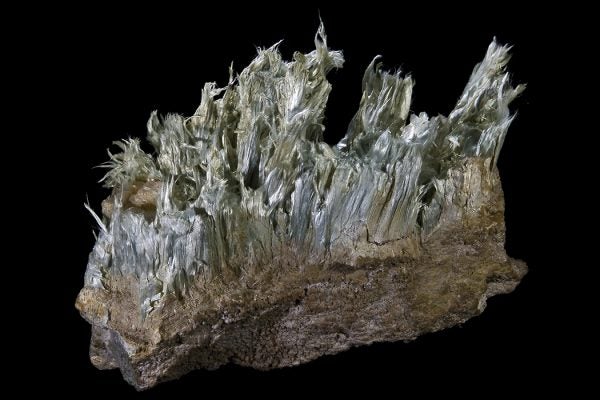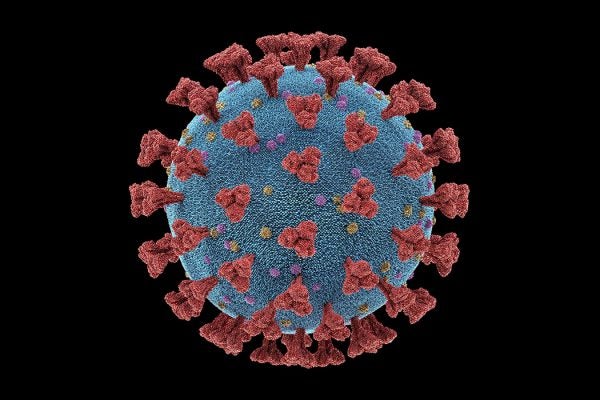Dry Ice Will Help Keep COVID-19 Vaccines Cold
A brief history of dry ice, aka solid carbon dioxide, shows why some coronavirus vaccines will benefit from its use.
Our Long-Running Love Affair with Pigeons
Through crazes of pigeon-fancying, these birds have been reshaped into a dizzying variety of forms.
How Yellowstone Extremophile Bacteria Helped With Covid-19 Testing
The heat-resistant enzyme from Thermus aquaticus is used in PCR testing to detect pathogens.
COVID-19 Causes Some Patients’ Immune Systems to Attack Their Own Bodies
Severe infection is linked with autoantibody production.
The Unsung Heroine of Lichenology
Elke Mackenzie’s moments of self-citation illuminate the hopes of someone who, against ease and tradition, did not wish to separate her identity from her research.
The History Behind the Roller Skating Trend
Since its invention in 1743, roller skating has been tied to Black social movements.
When Asbestos Was a Gift Fit for a King
File under: “don’t try this at home.”
A Science Reader for COVID-19
Covering concepts from spillover to virus mutation, this collection of free-to-access readings provides scientific context around the COVID-19 pandemic.
How Will a Coronavirus Vaccine Work?
Four different ways researchers use the virus's own structure to train our immune systems to exterminate it.
Francesca Vidotto: The Quantum Properties of Space-Time
Theoretical physicist Francesca Vidotto on feminist epistemology, white holes, string theory, and her book (with Carlo Rovelli) on loop quantum gravity.
